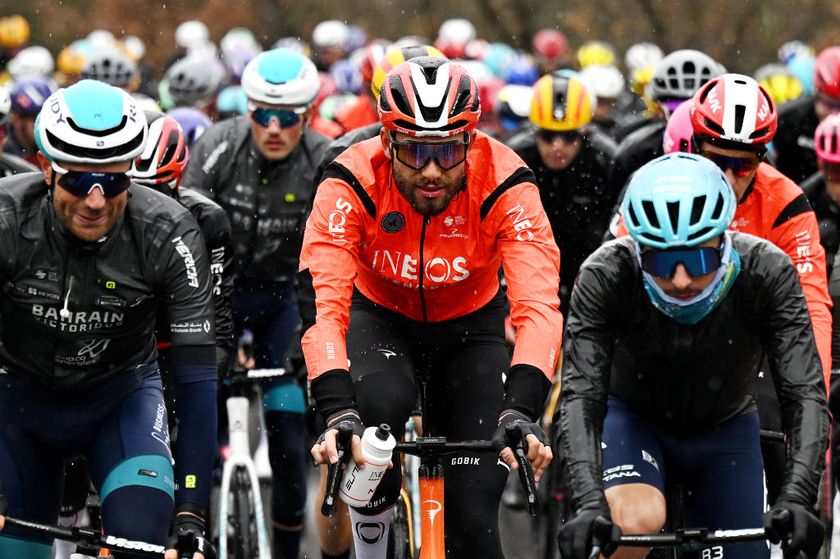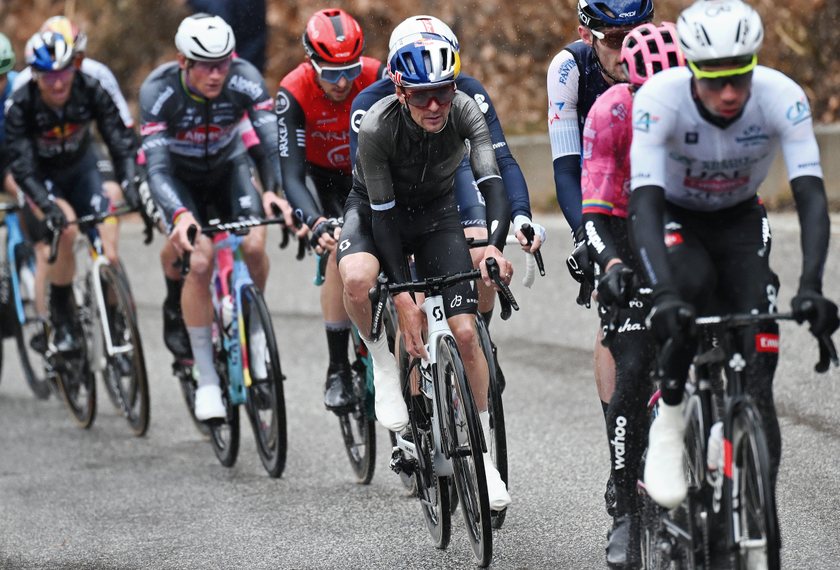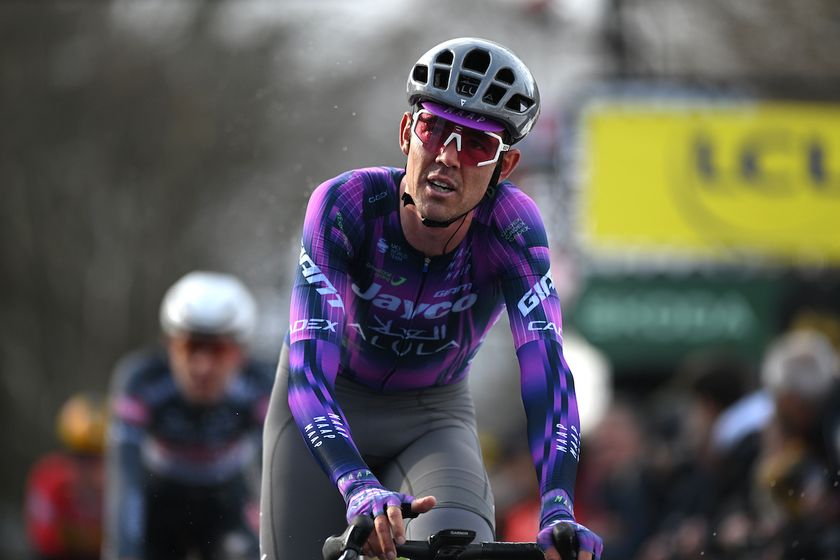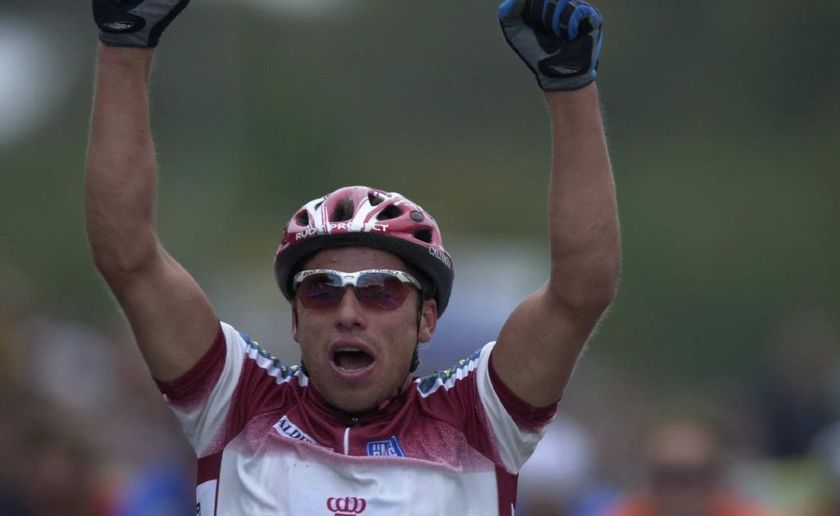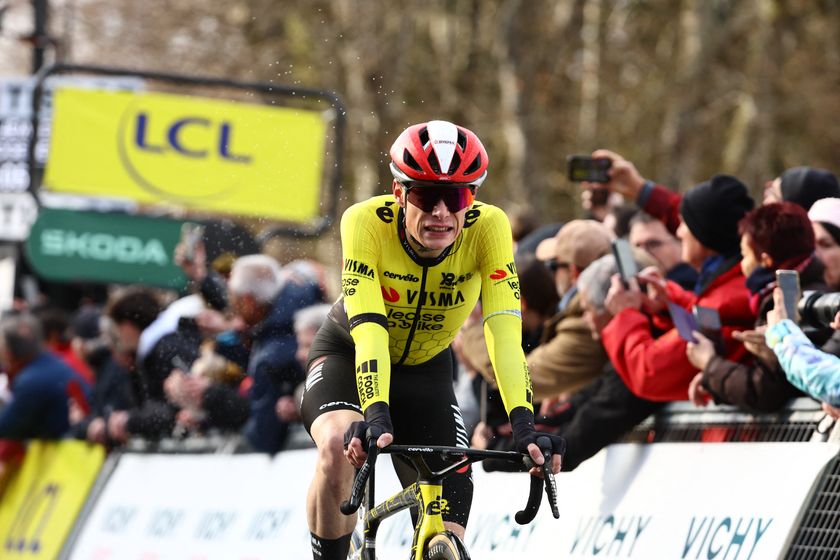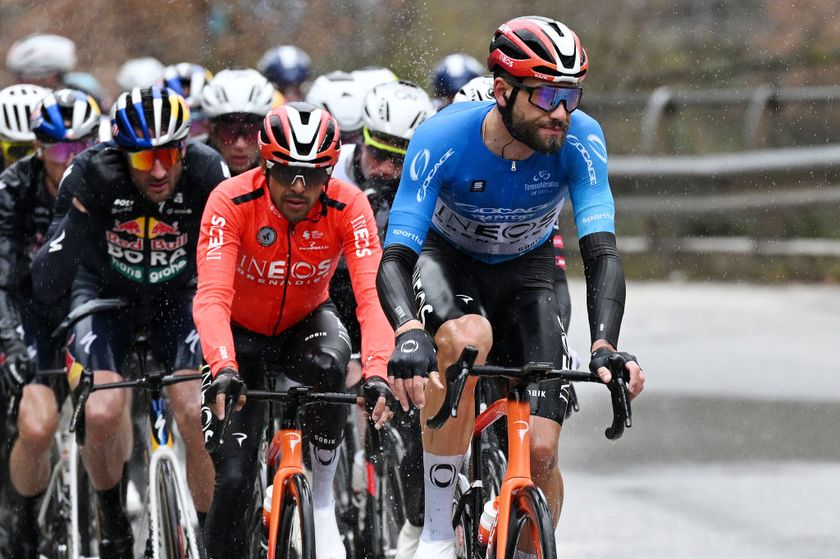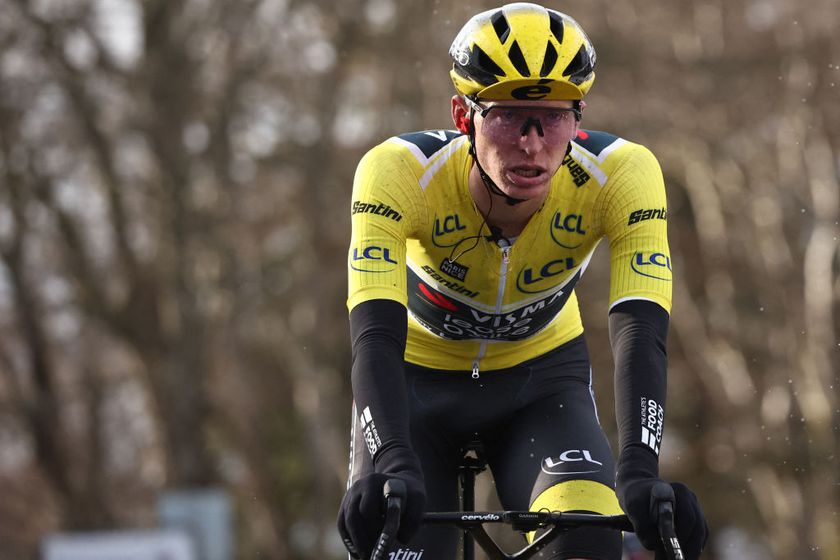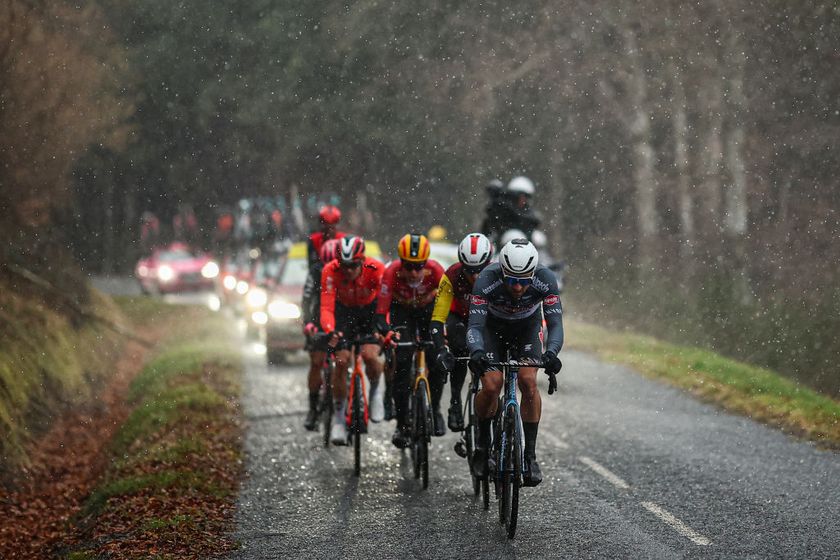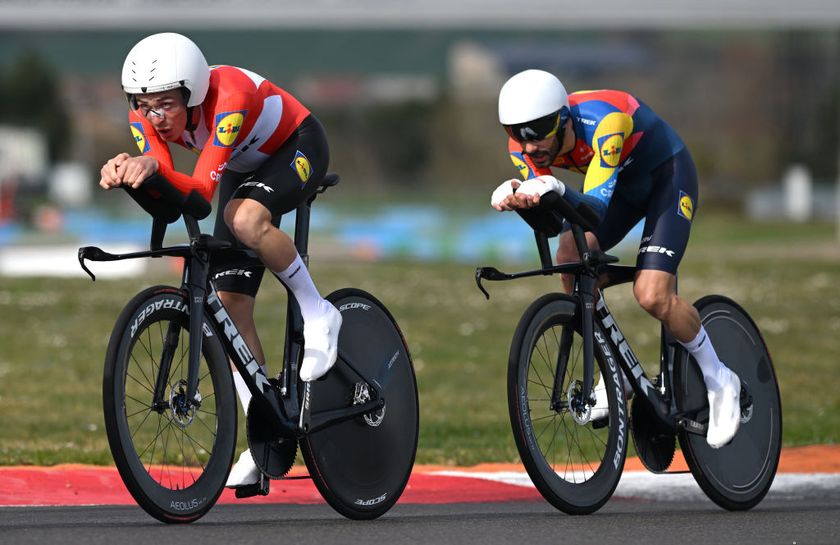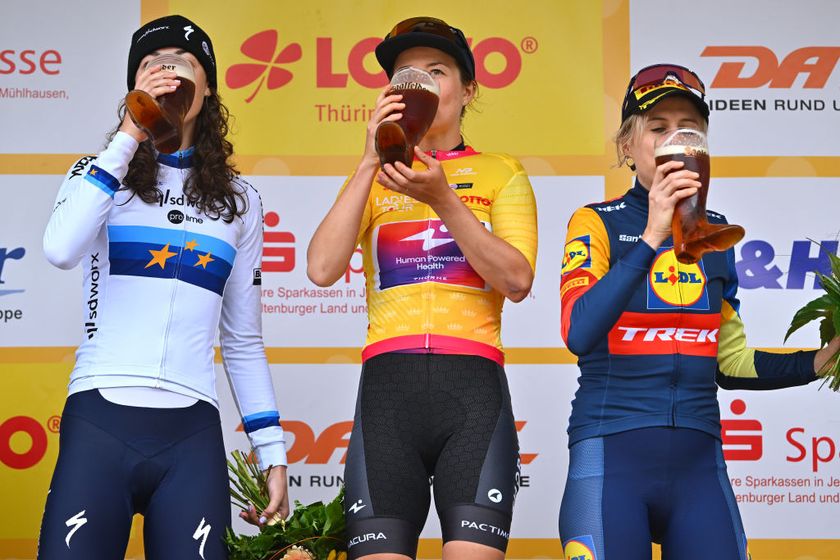Report: Rasmussen claims he taught Hesjedal how to take EPO
Former Danish rider reveals his doping secrets in an autobiography






Michael Rasmussen has claimed in his autobiography that he taught Ryder Hesjedal how to take EPO in 2003 when the Canadian was a promising mountain bike racer.
Rasmussen confessed to doping from 1998 until 2010 earlier this year and is currently serving a two-year ban. He was handed a shorter ban than expected because he cooperated with the Danish anti-doping authorities, who have now begun an investigation into doping in Danish cycling that is due to end in January 2014.
Rasmussen’s autobiography is called Yellow Fever. It will be published on Monday but a series of excerpts and revelations have been published in the Danish media, including the accusations against Hesjedal. He also made a series of claims about doping implicating Bjarne Riis, Nicki Sorensen, Frank Hoj and Rolf Sorensen. Rasmussen rode for the Rabobank team in 2007 but fled the race while wearing the yellow jersey after it emerged he had lied about his whereabouts before the race. He has since confessed to doping during the 2007 Tour de France.
Danish newspaper Politiken has published an extract from the book with Rasmussen’s allegations about Hesjedal. The Canadian switched to road racing in 2005, joining the US Postal Service team. He joined Slipstream in 2008 and became the first ever Canadian Grand Tour winner in 2012 when he won the Giro d’Italia. Garmin-Sharp runs a strict anti-doping policy, which Hesjedal has been part of since 2008. A number of their riders were handed six month suspensions last year by USADA due to their involvement in doping during their US Postal careers.
Rasmussen never saw Hesjedal use EPO or any other banned substances but reveals details of his alleged stay at the Dane's house.
"It soon became evident that the three Canadian mountain bikers Seamus McGrath, Chris Sheppard and Ryder Hesjedal, had seen the light: A good result in the World Cup (2003) would send them to the Olympics in Athens in 2004,” Politiken reports that Rasmussen writes in his book.
“They moved into my basement in August, before I went to the Vuelta a España, and after I had ridden the Championship of Zurich. They stayed for a fortnight. I trained with them in the Dolomites and taught them how to do vitamin injections and how to take EPO and Synacthen.”
Get The Leadout Newsletter
The latest race content, interviews, features, reviews and expert buying guides, direct to your inbox!
Rasmussen claims the riders left with haematocrit values of over 48%, close to the limit of 50% and achieved excellent results.
“Chris Sheppard was sixteenth at the World Championships, Seamus McGrath was sixth or eight, before he went out, and Ryder Hesjedal finished second. Hesjedal would have won Olympic gold if he hadn’t punctured just before the finish. In 2012, after a number of good years on the road, he won the Giro d'Italia.”
Rasmussen claims they celebrated the season and paid back Rasmussen for his help by taking him out for dinner in Italy, with Sheppard picking up the bill.
Klaus Wivel, the co-author of Rasmussen’s book, told Politiken that he contacted the three Canadians. He said that neither Chris Sheppard nor Seamus McGrath wanted to make a comment about Rasmussen’s claims, while Ryder Hesjedal did not respond.
Cyclingnews also tried to contact the Garmin-Sharp rider but he was not immediately available.
